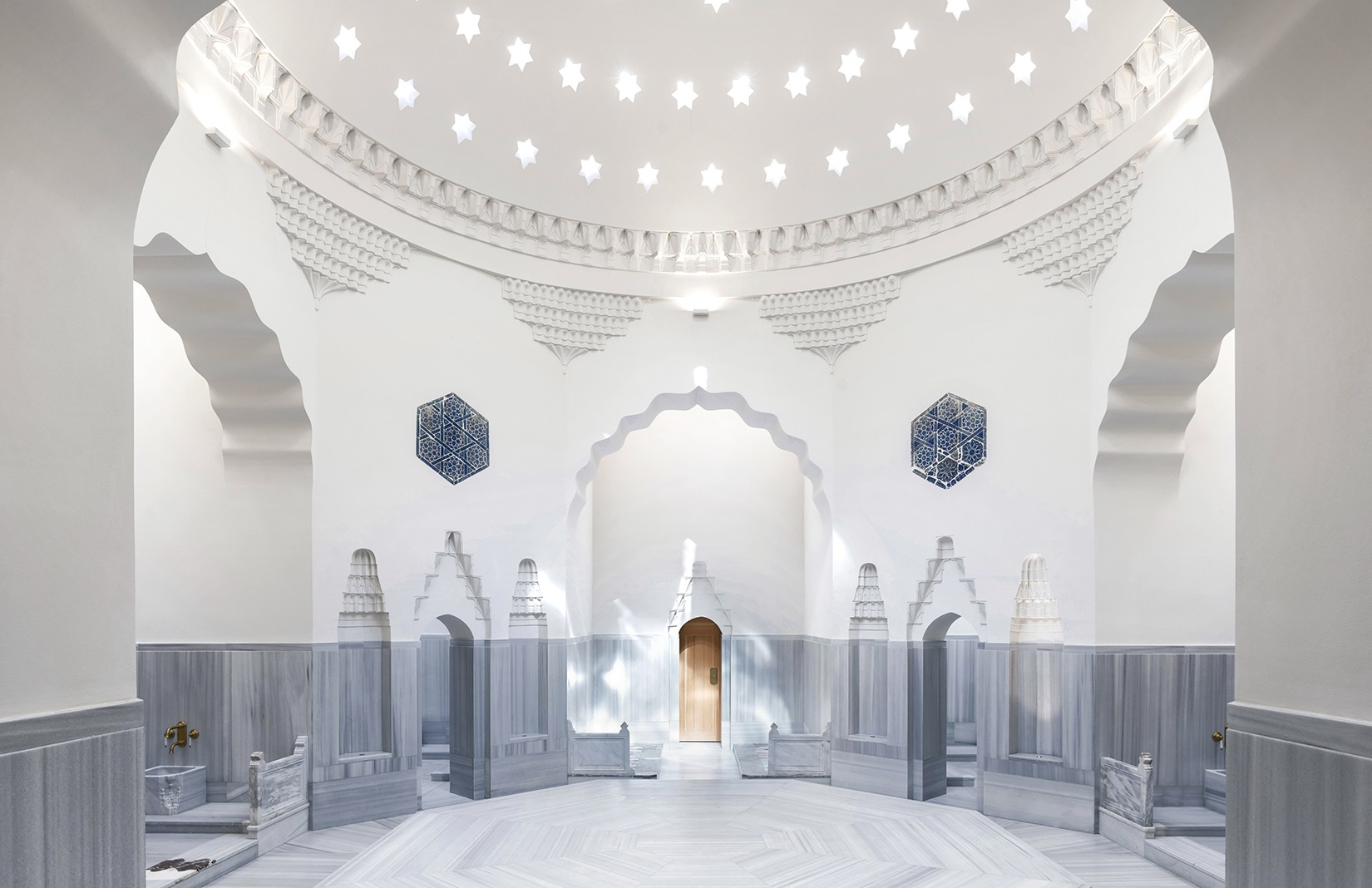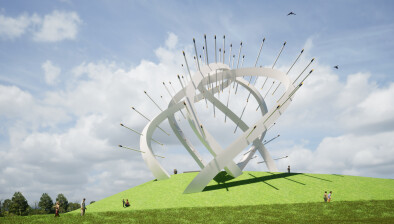And finally… museum opens after 13-year restoration

A historic bath in Istanbul reopens this September following an extraordinary 13-year restoration project.
Commissioned by Barbaros Hayreddin Pasha, the Grand Admiral of the Ottoman Navy, Zeyrek Çinili Hamam was built in the 1530s by the famed Mimar Sinan at the height of the Ottoman Empire’s cultural brilliance. It was one of the earliest examples of a public space with such an elaborate tiled design, usually the preserve of royal palaces.
Conservation work has uncovered and restored many of the original architectural features of this masterpiece which were lost to history, including the intricate tiles which give the bath its name (çinili means tiled). The conservation team have also uncovered lost marvels, such as the beautiful 18th and 19th-century wall paintings which covered the hammam’s walls, hidden under layers of plaster for over two centuries.
Located in the Zeyrek district, part of the UNESCO World Heritage List, the hammam includes a new museum exploring the bath’s history and the traditions of the Ottoman bathing ritual. The site, stretching across 3,000m2, also features a space to host site-specific art installations in the newly discovered Byzantine cisterns, and private gardens.
Upon the reopening of Zeyrek Çinili Hamam, visitors will be able to visit the museum displaying Roman, Byzantine and Ottoman artefacts uncovered during excavations. Designed by Atelier Brückner, a floor of the museum is dedicated to the hammam’s blue-white tiles, of which approximately 3,000 fragments have been recovered. New research has revealed that more than 10,000 tiles with thirty-seven unique designs once adorned the inner walls, before many were sold to private collectors and museums across Europe.
Through a digital interactive experience, visitors will be able to explore a 360-degree view of the bathhouse throughout the 16th century. Also on view will be elaborate objects associated with the hammam ritual, including towels, bowls and Ottoman wooden shoes decorated with precious metals and mother-of-pearl.
In addition, the museum provides an insight into the baths’ ingenious water and heating system. Visitors can explore the underground Byzantine cisterns where mysterious naval carvings have been discovered on the walls. In the future, the cisterns will host a rotating programme of site-specific art installations.
















